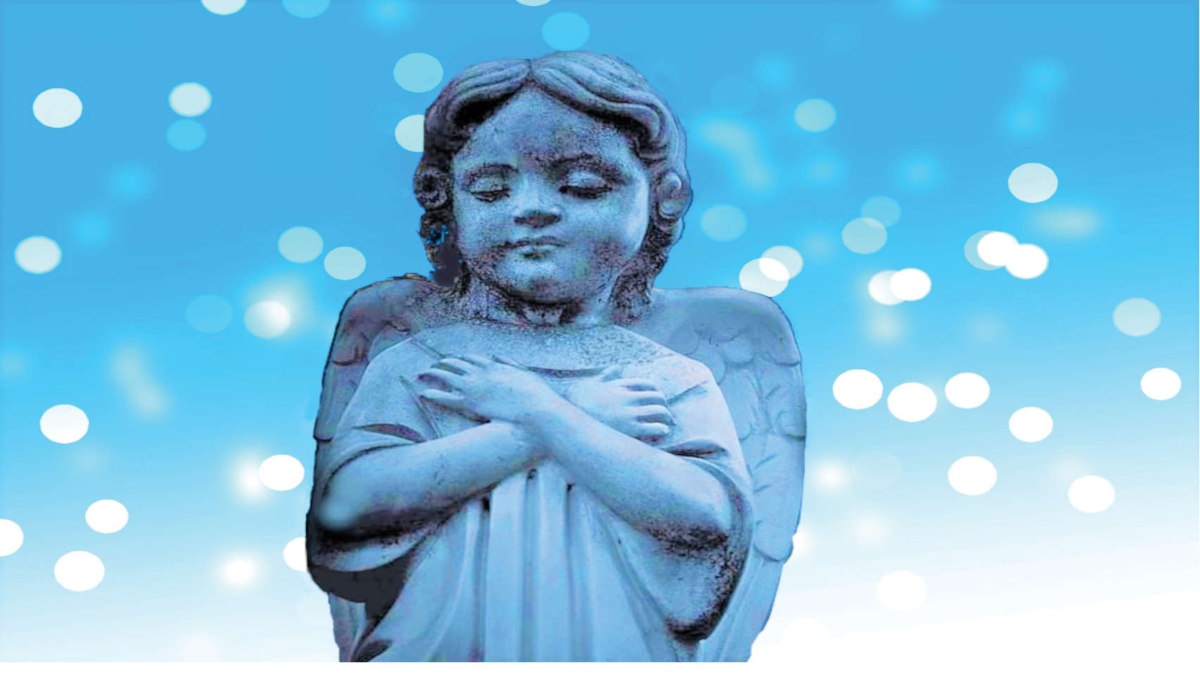


To live compassionately is to direct the flow of our energy to support and care for both, others and ourselves. We are nurturing and loving, as well as protective and strong. I describe this as the “yin and yang” of compassion and self-compassion.
The challenging times we are living through call on many of us — especially healthcare workers — to draw deeply from our inner reserves. We need a special wisdom and sense of perspective, and a method to prepare ourselves, to face daily challenges.
As a consultant psychiatrist and Chair of the Janki Foundation for Spirituality in Healthcare, I have long understood that healthcare professionals especially need these capabilities. At the Janki Foundation, we have developed an app — Happidote — to support them. It provides tools, such as short meditations, to help users stabilise and prepare to face difficult situations by taking brief periods of time to withdraw into peace and silence, and recharge.
Our empathy for people who are suffering demonstrates sensitivity to, and feeling for, others; but as we resonate with their pain, we risk being caught up in a draining emotion that can affect us negatively.
By contrast, compassion is a positive energy that uplifts and helps others to come out of their suffering. Brain scans show that when we practise being compassionate, letting the energy of this feeling flow from ourselves, we are engaging a different part of the brain from that involved in feeling empathy.
Self-compassion is essential to our well-being. It is the same energy that we can give others when they are suffering, but directed inwards to nurture and comfort, provide protection and build strength for ourselves. When faced with others’ suffering, it may guide us to set limits as to what we can do for them, and to work through our own feelings of fear and pain.
Learning how to turn love and compassion inwards also helps to calm the “inner critic”. This internal voice can trigger the same neurophysiological responses as external stress factors. The more we create a habit of self-criticism, the more we add to the risk of developing physical signs of stress, including high blood pressure and ulcers.
Meditation guides us to observe and understand our inner conversation — the tone of voice, the words we choose, and the energy with which we respond to our pain. While we can learn to alter our thought patterns through cognitive behavioural therapy, the way to transform them is by meditating deeply.
It is a way to recognise our thoughts and feelings, without denying or suppressing them. Observing in silence, creating a distance from what is going on in my mind, I decide which thoughts to let go, and which to pursue. The more I practise, the deeper I can go, tracking back to a place of safety and peace.
I understand that I am a soul with everything I need within, connected with the Supreme Soul, an energy I come to know, love and recognise is always there to help me in my life. I am peaceful, loving, powerful and clear — this is the real me.
Dr Sarah Eagger, a long-time practitioner of Rajyoga, is Chair of the Janki Foundation and a retired consultant psychiatrist formerly at Imperial College, London. Her book, Stillness in the Storm – 7 tools for coping with fear and uncertainty, was published recently.